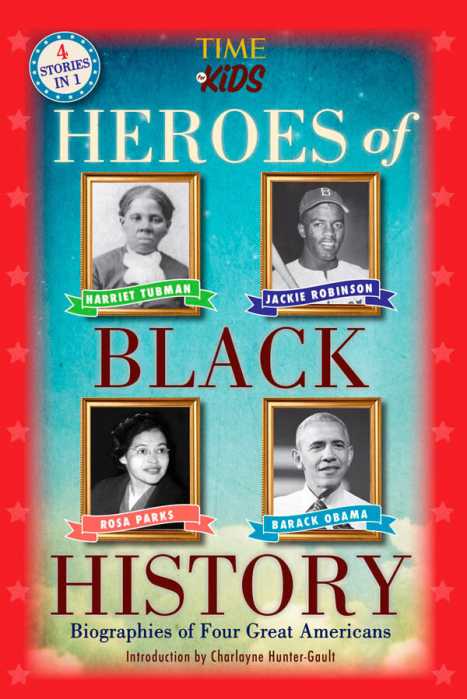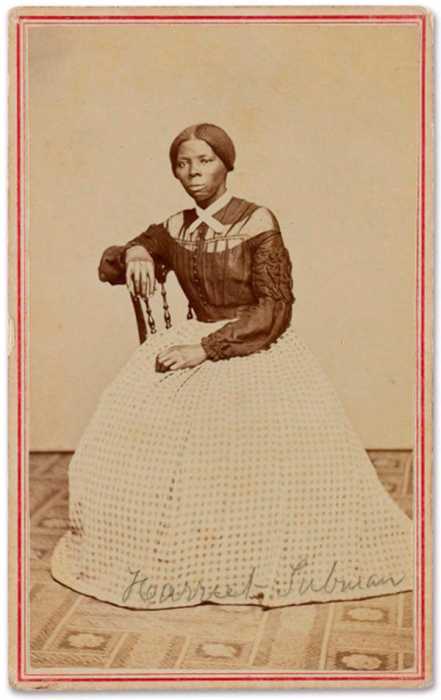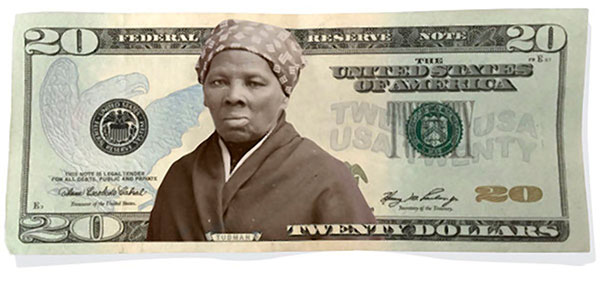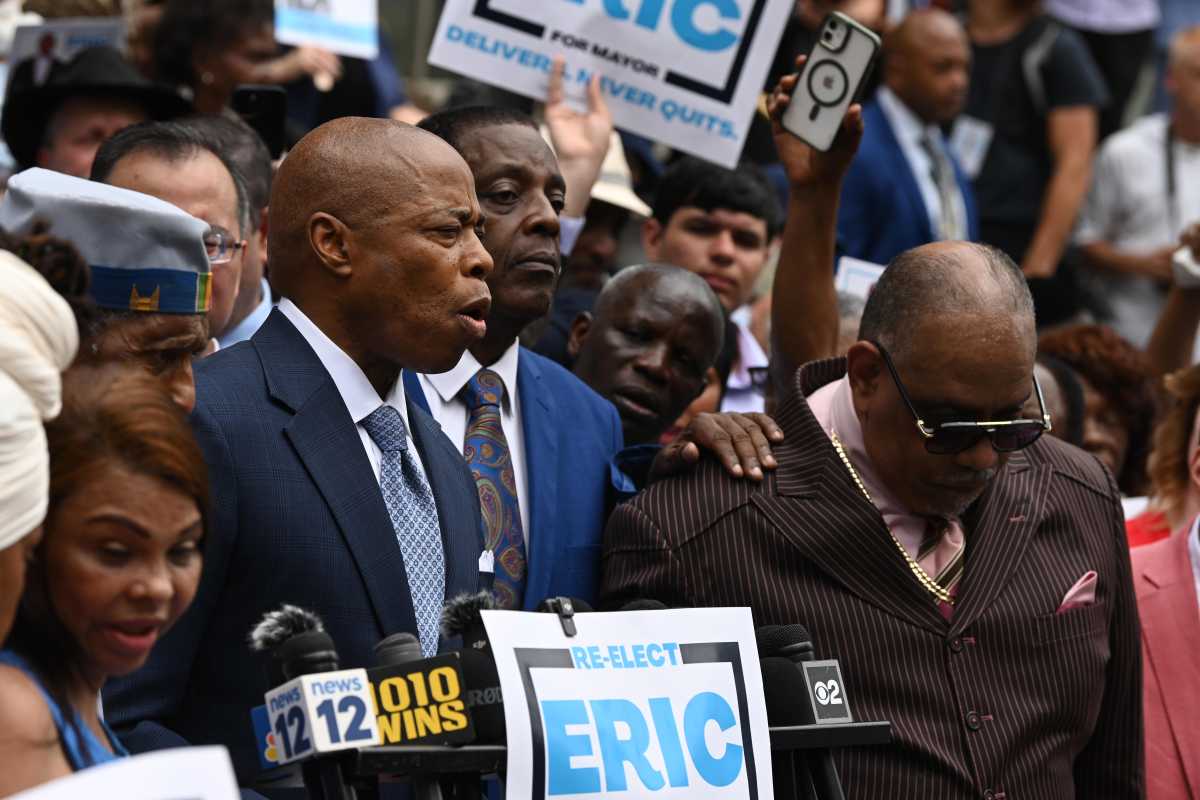The controversy surrounding whether or not the image of liberationist Harriet Tubman should grace the $20 bill would be over if Hollywood writer/director Kasi Lemmons has anything to do with convincing the powers.
In her latest film outing “Harriet,” the director of “Eve’s Bayou” magnifies the engaging legacy of a heroine named Moses who led her people to freedom using a network that became known as the Underground Railroad.
Recently released the film will likely amplify discussion about additions to US currency, slavery and the hard-fought travails brave ancestors endured in order to escape rape, beatings and torture in the deep south.
Portrayed with guts and gumption by Cynthia Errivo, the British actress channels a 5 foot two inch teenager who refused to remain shackled by slave masters convinced they owned Black, two-legged property able to work endless hours for no reward.
Actually a similar mindset prevailed in “Roots,” the television series, films “12 Days A Slave,” “Glory,” “Django” and a myriad of retrospectives that document Black servitude in pre-Civil War America.
What is different in this Hollywood production is the incredibly, determined, dangerously, repetitive, heroic, fierce, gender-defining role one woman challenged when she captained perilous terrain to establish a route that became the gateway to freedom.
Allegedly through 15 roundtrips rescued dozens of slaves and never lost a passenger.
Hounded by dogs, bounty hunters and relentless slave masters Tubman defied treacherous territories, bad weather to lead relatives and families out of plantation suffrage.
The film delves deep to compile historic data which unearths details about the Maryland daughter and her eight siblings that inherited the woes of Africans of that era.
That she was married to a John Tubman, kept his name despite the fact he was unfaithful to her and even led his bride and offspring out of slavery seemed previously unearthed information Lemmons chose to include.
The director hired her husband Vondie Curtis Hall and their son Henry Hunter Hall as key players in the enlightening flick.
Through freedom trips back and forth from Maryland to Pennsylvania, Tubman is helped by abolitionist John Brown and whites sympathetic to the cause.
Singer Janelle Monae portrays a Black woman born free and a liberator who aided numerous escaped slaves.
At times difficult to endure, the film is a tribute to the legacy and love Harriet Tubman devoted her life.
Errivo will likely win EGOT (Emmy, Grammy, Oscar, Tony) status next year when the Academy Awards honor the best in the film industry.
If fairly judged for her portrayal, she will join Halle Berry as champion of the Best Actress category.
Undoubtedly, Errivo delivered a poignant and committed performance in order to realize a historic character beloved by a grateful race and people.
The first Black woman to be recruited for military service, Harriet is also acclaimed for receiving a $20 pension after her husband died. Perhaps for this alone her image is worthy of a $20.
Tubman died at age 93.


























